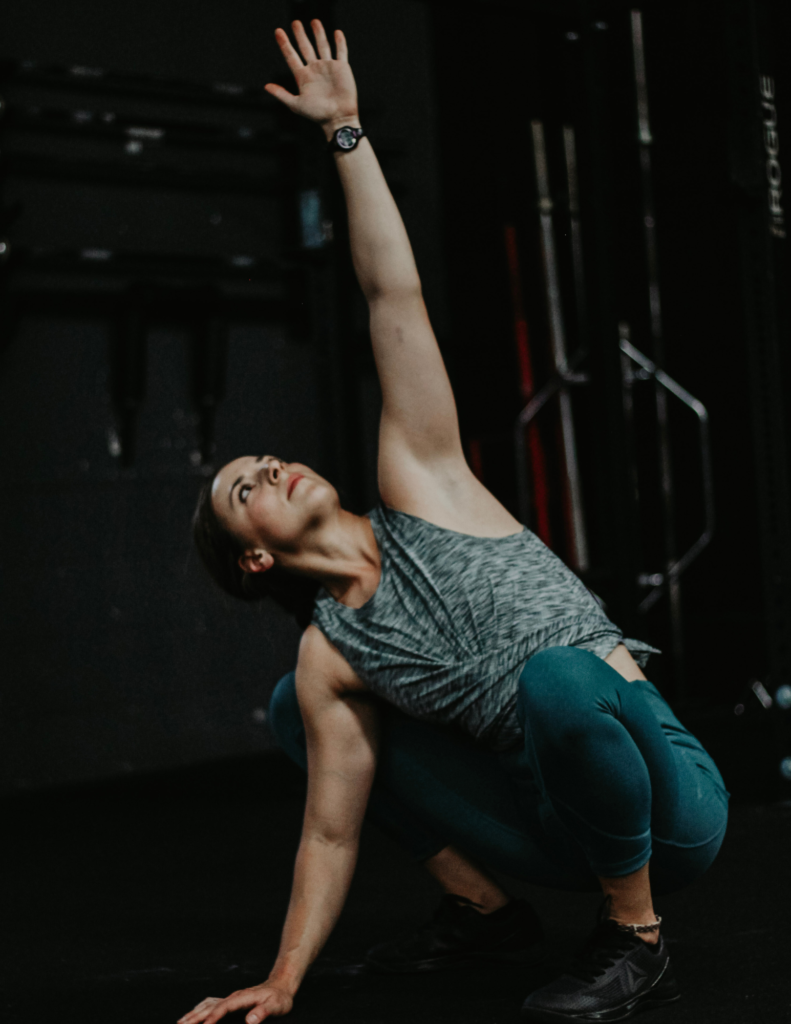
Cool down should be designed to return your body to baseline, starting with your heart rate & breathing. This is the most under-appreciated part of training IMO and ESPECIALLY if you have joint dysfunction that needs work (mobility) then you need to be optimizing this time.
It can be broken down into 3 phases: Immediate, Intermediate, and Late.
Immediate:
Directly after exercise, the heart rate is still elevated and muscles are fatigued. When running or doing long high-intensity Met Cons (metabolic conditioning) this is an important time to keep moving. Exercise Associated Collapse is where muscles stop pumping blood to the heart and pool in the limbs leading to fainting which can happen when long endurance exercise is stopped immediately. Walk for at least another 2 minutes.
Intermediate:
Heart rate has slowed and muscles are less fatigued. Your body is going to be the most receptive to flexibility and mobility training during this time because it’s already been performing through large ranges of motion, blood flow is high and some central nervous system tension has been worked through with your exercises already.
This would be a great time for:
Lastly, ending with the legs up the wall recovery position for 1-5 minutes can help with blood circulation in the legs & feet, as well as give your body a chance to get into a parasympathetic state. Zen out and let the mind cool down as well. See below for more recovery positions.
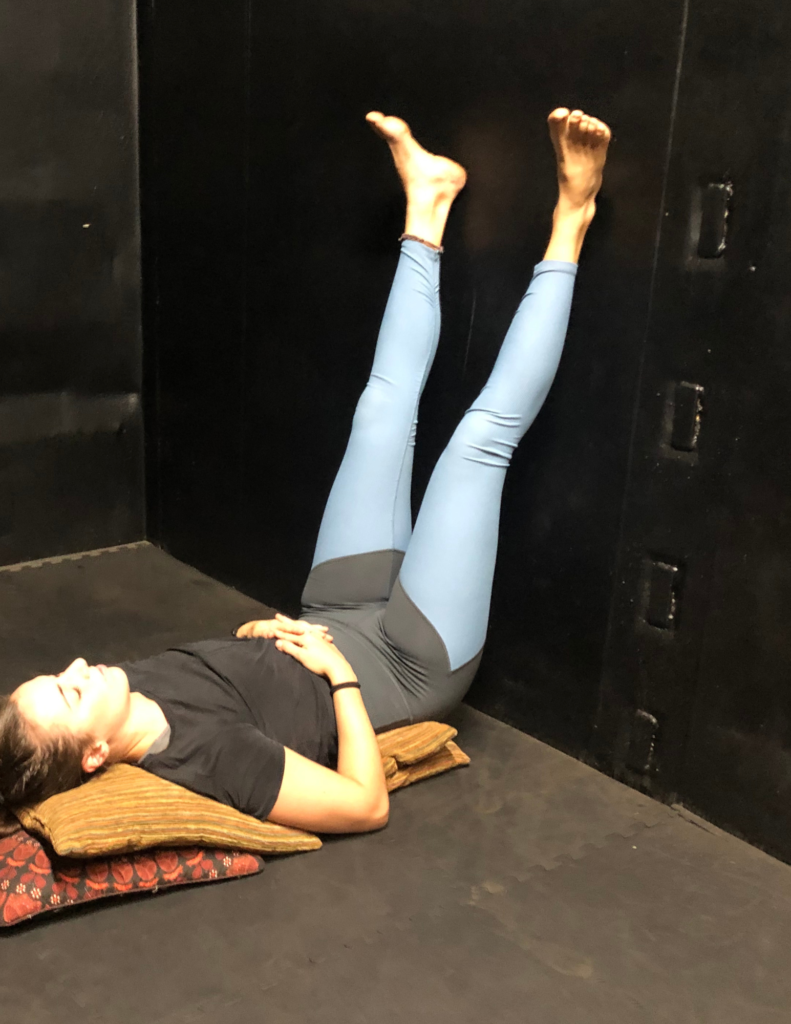
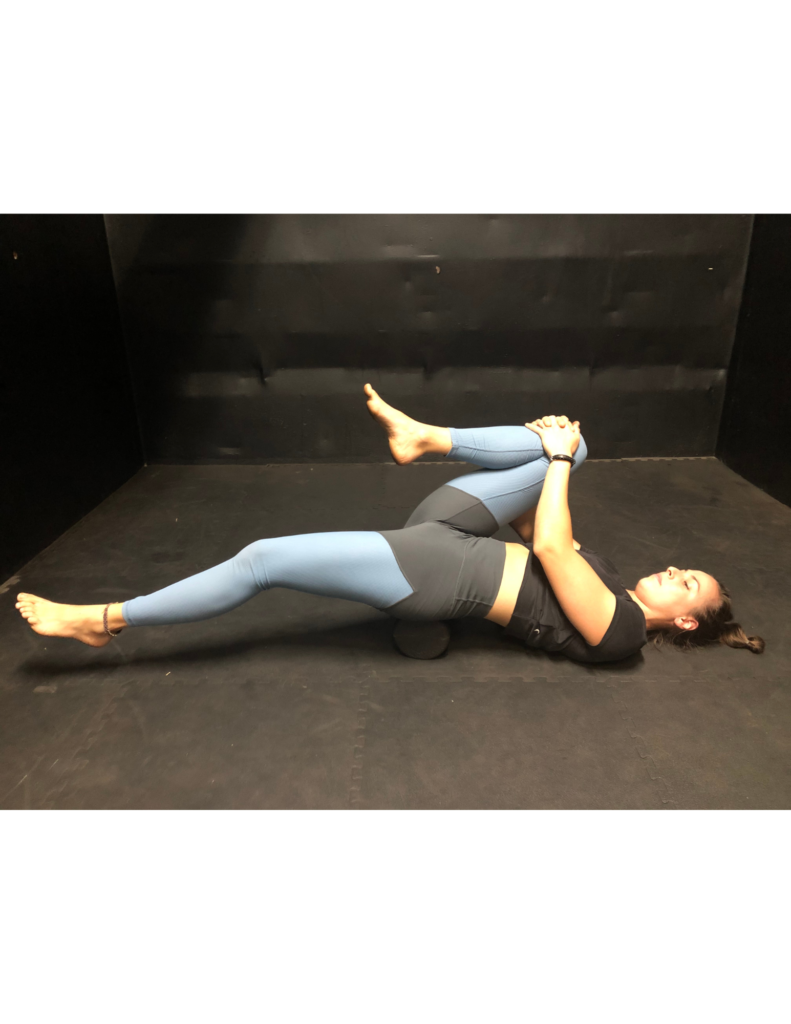
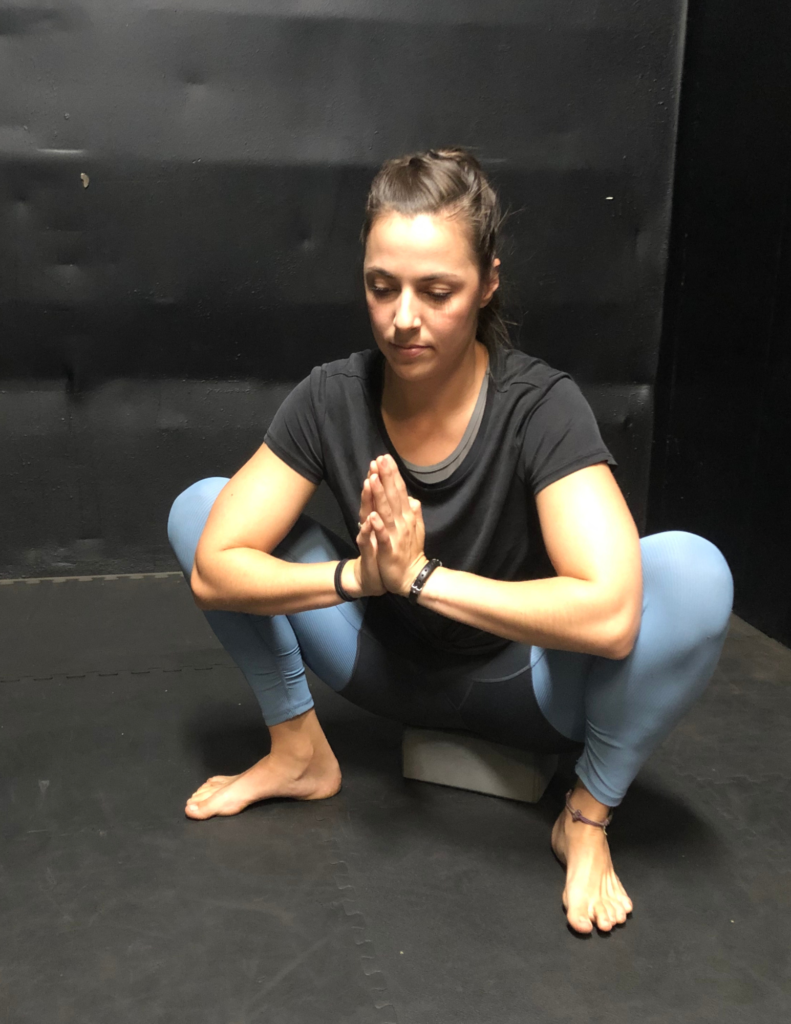
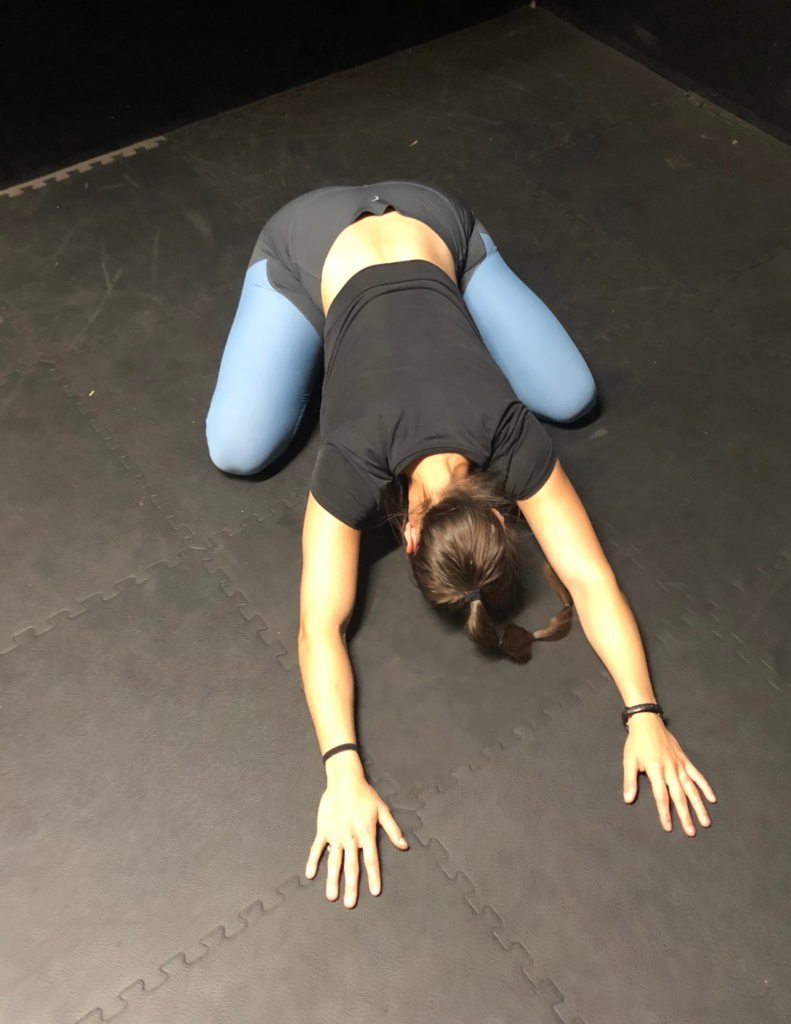

Late:
Up to 2-4 hours later, a light yoga flow or 5-15 mins easy static stretching (hold 30-60 sec) can be beneficial just to keep muscles from getting too stiff.
And of course…REHYDRATE.

Women’s Functional Nutritionist & Fitness Specialist along with CEO of Elysian Women’s Wellness.
God, family, fitness – in that order. Fitness isn’t my job, it’s my passion. My favorite things include traveling the world, being a mama and making a difference.
14 years of experience in the wellness industry has brought me to an understanding that when you’re ready – you’ll do it. So when you are, we’re here to keep you simply well.
The last “program” you’ll ever buy. Your individualized training & nutrition plan that teaches the why & how to create lasting changes with me by your side every step of the way!

Error: No feed found.
Please go to the Instagram Feed settings page to create a feed.
Level 0, 1, 2 & 3: Level Up your workouts with beginner to advanced plans designed with a focus lift each month, progressive overload, instructional videos & all inclusive training & nutrition guides.
Copyright ©2025. Gamechanger
A BRANDT CREATIVE CO. TEMPLATE. Trusted by Wimgo.